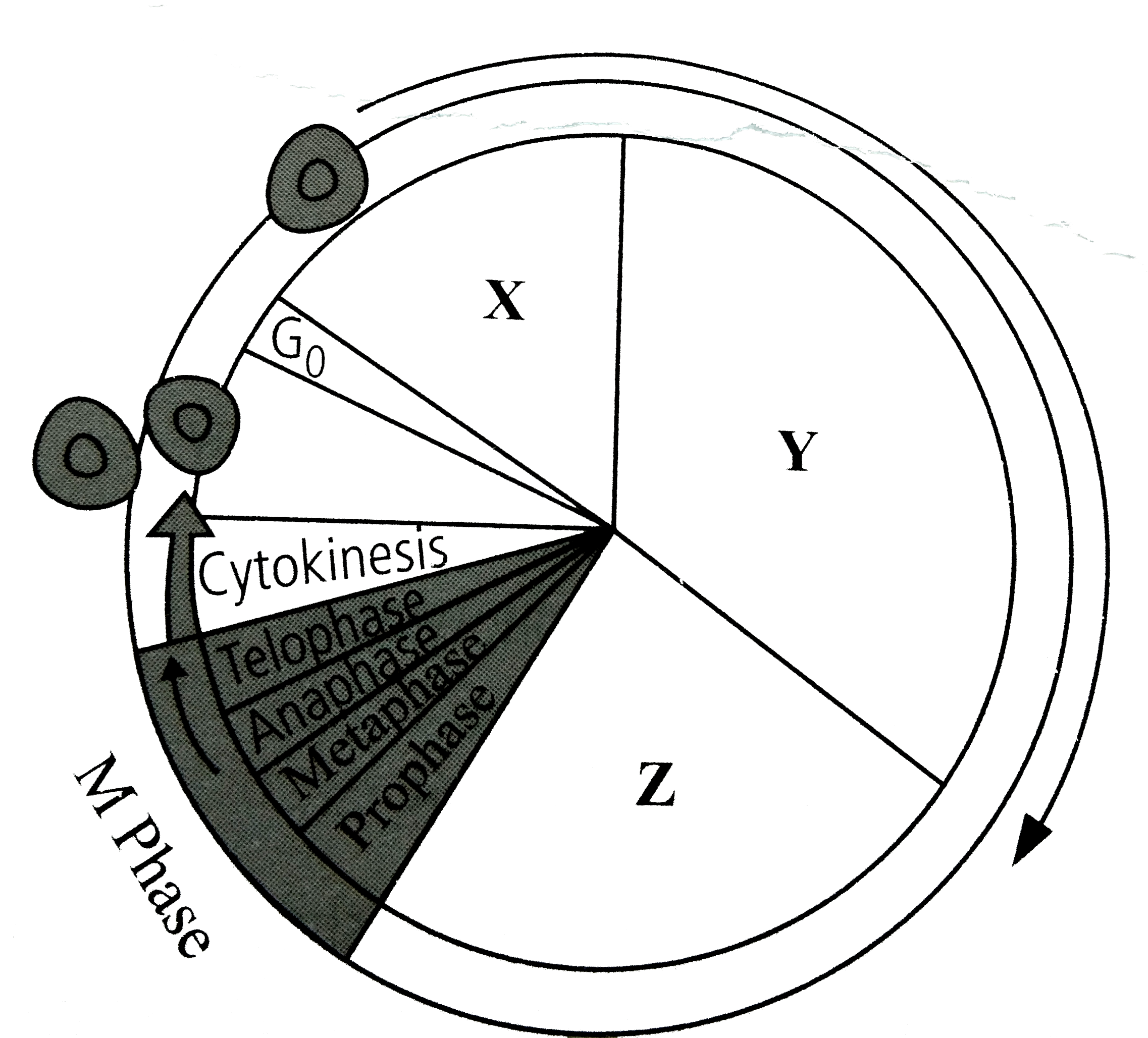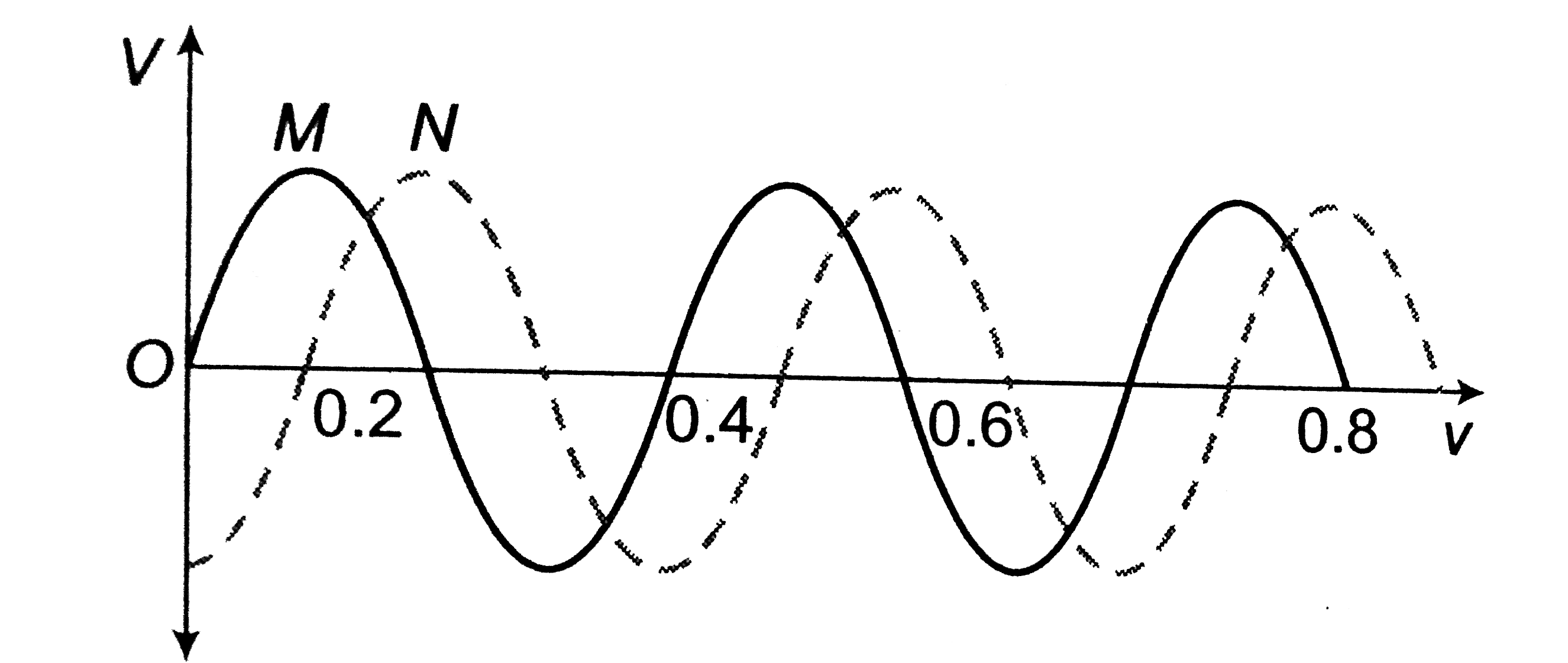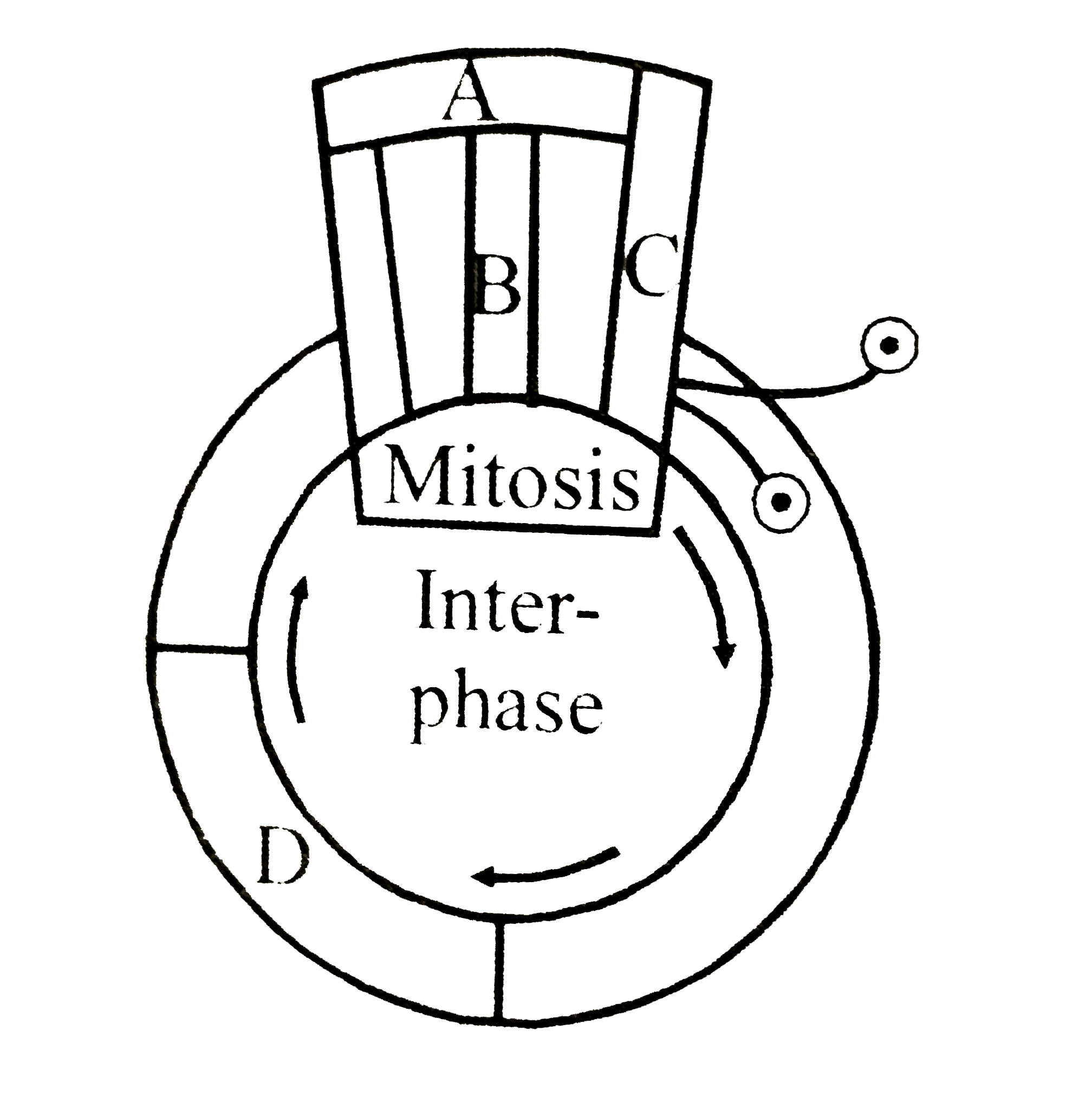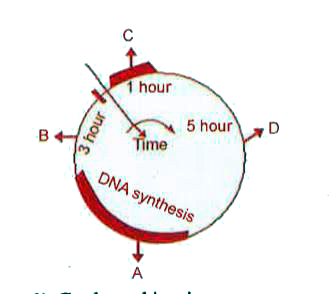Invisible stage of M-phase is
G1-phase
S-phase
G2-phase
G0-phase
The correct Answer is:B
Step-by-Step Solution:
1. Understanding the M-phase: The M-phase, or mitotic phase, is the part of the cell cycle where cell division occurs. It includes processes such as mitosis and cytokinesis.
2. Identifying the Stages of the Cell Cycle: The cell cycle consists of several phases, including G1 (Gap 1), S (Synthesis), G2 (Gap 2), and M (Mitosis). There is also a resting phase known as G0.
3. Defining the Term "Invisible Stage": In the context of the question, the term "invisible stage" refers to a phase in the cell cycle where the chromosomes are not visible under a light microscope.
4. Analyzing the Options:
- Option 1: G1 phase - This phase is visible as the cell grows and prepares for DNA replication.
- Option 2: S phase - This is the phase where DNA is replicated. During this phase, the chromosomes are not yet condensed and are therefore not visible under a light microscope, making it the "invisible stage."
- Option 3: G2 phase - This phase occurs after DNA replication and is also visible as the cell prepares for mitosis.
- Option 4: G0 phase - This is a resting phase where the cell is not actively preparing to divide, but it is still visible.
5. Conclusion: Based on the analysis, the correct answer to the question "Invisible stage of M-phase is" is Option 2: S phase. This phase was historically referred to as "invisible" because the chromosomes are not visible under a light microscope.
- Option 1: G1 phase - This phase is visible as the cell grows and prepares for DNA replication.
- Option 2: S phase - This is the phase where DNA is replicated. During this phase, the chromosomes are not yet condensed and are therefore not visible under a light microscope, making it the "invisible stage."
- Option 3: G2 phase - This phase occurs after DNA replication and is also visible as the cell prepares for mitosis.
- Option 4: G0 phase - This is a resting phase where the cell is not actively preparing to divide, but it is still visible.
Topper's Solved these Questions
- CELL CYCLE (CELL DIVISION)BOOK - DINESH PUBLICATION ENGLISHCHAPTER - CELL CYCLE (CELL DIVISION)EXERCISE - REVISION QUESTIONS
267 Videos
- CELL CYCLE (CELL DIVISION)BOOK - DINESH PUBLICATION ENGLISHCHAPTER - CELL CYCLE (CELL DIVISION)EXERCISE - CHECK YOUR GRASP
18 Videos
- BIOLOGICAL CLASSIFICATION BOOK - DINESH PUBLICATION ENGLISHCHAPTER - BIOLOGICAL CLASSIFICATION EXERCISE - CYC
13 Videos
- CHEMICAL COORDINATION AND REGULATIONBOOK - DINESH PUBLICATION ENGLISHCHAPTER - CHEMICAL COORDINATION AND REGULATIONEXERCISE - Brain Teasers-V
114 Videos
Similar Questions
Knowledge Check
Refer to the given diagram showing cell cycle and answer the questions that follow

(i) If the chromosome number at X is 2n, what will be the number of chromosomer at Y ?
(ii) Which phase is the longest phase of M phase ?Aa) (i) (ii)2n TelophaseBb) (i) (ii)4n MetaphaseCc) (i) (ii)2n ProphaseDd) (i) (ii)4n Anaphase
Two sinusoidal voltage of the same frequency are shown in the diagram. What is the frequency, and the phase relationship between the voltage?

Frequency in Hz phase lead of N over M in radius
View Solution__________ phase marks the end of M-phase.
View SolutionGiven below is a schematic break-up of the phases/stages of cell cycle :-

Which one of the following is the correct indication of the stage/phase in the cell cycle?
View SolutionGiven below is a schematic break-up of the phases/stages of cell cycle. Which one of the following is the correct indication of the stage/phase in the cell cycle?

View SolutionGiven below is a schematic break up of the phases/stages of cell cycle which one of the following is the correct indication of the stage/phase in the cell cycle

View SolutionGiven below is a schematic break-up of the phases/stages of cell cycle. Which one of the following is the correct indication of the stage/phase in the cell cycle?

View SolutionGive a schematic repesentation of oogesis in humans . Mention the number of chhromosomes at each stage .Correlate the life phases of the individual with the stage of the process .
View Solution
